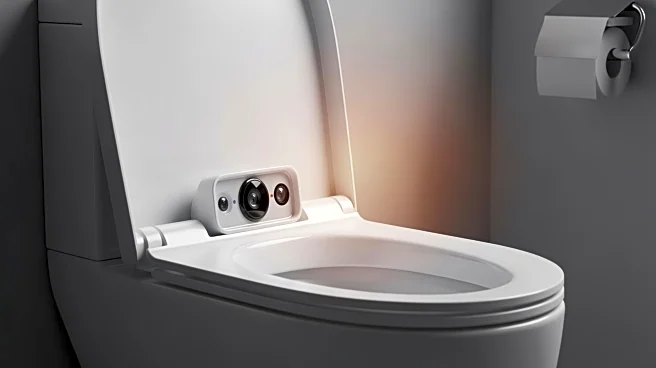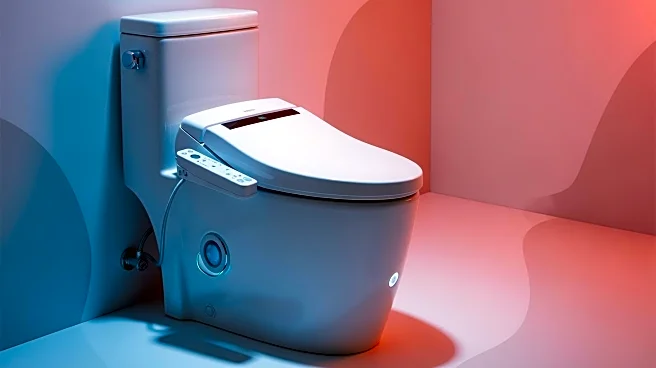What's Happening?
Researchers at the University of Exeter Medical School have developed a new method to improve the accuracy of ankle blood pressure measurements, which could significantly benefit individuals unable to have their blood pressure taken from the arm. The
study, published in BMJ Open, involved data from over 33,000 individuals and resulted in a personalized predictive model that estimates arm blood pressure using ankle readings. This advancement addresses the issue of higher ankle measurements compared to arm readings, which can lead to misdiagnoses and inappropriate treatment. The research, funded by the National Institute for Health and Care Research, also introduced an online calculator to assist clinicians and patients in interpreting ankle-based results.
Why It's Important?
Accurate blood pressure measurement is crucial for diagnosing and managing conditions like heart disease and stroke. The new method could reduce misdiagnoses by providing more precise readings for individuals who cannot undergo arm-based measurements due to disabilities or conditions like stroke. This innovation is particularly significant for the NHS Health Check Programme, potentially preventing 750 misdiagnoses annually in England alone. The method also offers reassurance to stroke survivors and individuals with upper limb disabilities, ensuring they receive accurate health assessments.
What's Next?
The new method is expected to be integrated into clinical practice, providing a more inclusive approach to blood pressure monitoring. The online calculator is available for use, and further research may explore its application in diverse healthcare settings. Stakeholders such as the Stroke Association and the Thalidomide Trust support this development, highlighting its potential to improve health outcomes for affected individuals.
Beyond the Headlines
This advancement highlights the importance of personalized medicine and the need for healthcare innovations that cater to diverse patient needs. It underscores the ethical imperative to provide equitable healthcare access and the potential for technology to bridge gaps in medical diagnostics.













